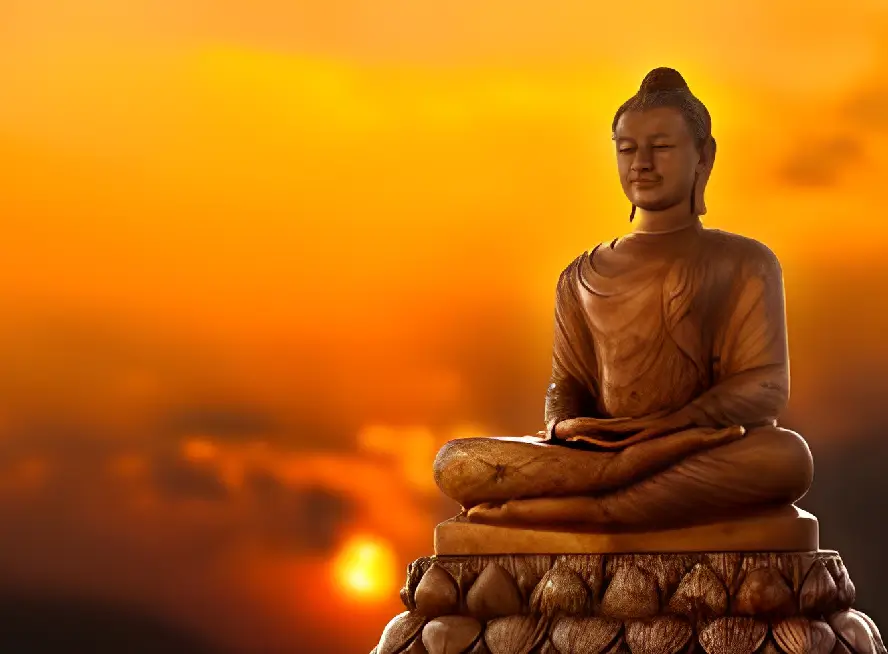Kaushambi, Uttar Pradesh




Kaushambi, Uttar Pradesh
A prosperous ancient city during the time of the Buddha, Kaushambi was a prominent region that flourished as a trade center and saw an abundance of people coming in, from all through the subcontinent. It also functioned as a major communication point and an important route that connected Kaushambi with all directions. Kaushambi was also the capital of the Vatsa Kingdom and was known as one of the 16 Mahajanapadas, or the major ruling dynasties that existed during ancient India.
For Buddhism, Kaushambi finds importance for being the place where the Buddha is said to have stayed and preached his learnings and gave many sermons, during his sixth and ninth year after attaining enlightenment. It is due to this reason that Kaushambi is also understood as a center of higher learning for Buddhists and is one of the landmarks for Buddhist tourism in India. Presently located in the north Indian state of Uttar Pradesh, Kaushambi is among the popular Buddhist tourist destinations to visit in India and is recognized as an archaeological site after it saw multiple excavations, attracting tourists and pilgrims to this ancient city alike.
The city of Kaushambi even finds mention in the Buddhist literature of the Anguttar Nikaya, where it describes the city as being prosperous and talks about Kaushambi being established by the King of the Chandra Dynasty, Kushamb, after whom the city has been named. Being an archaeological site, Kaushambi has seen many excavations over the years, with one of the best places to visit in the city being the site of the monastery that once existed. Called Ghositarama and said to have been built by a royal treasurer of Kaushambi, the monastery dates back to the 6th century BCE. The Buddha is also said to have stayed at the monastery at some point of time as well and is therefore a place of interest for devotees who visit Kaushambi for a pilgrimage tour. The visits of Buddha to the city of Kaushambi and his stay at the monastery can be found in various instances mentioned in the Buddhist sacred scripture of Tripitaka. The Ashoka Pillar at Kaushambi is also among the best things to see in the city. Built in the 3rd century BCE by the Emperor Ashoka of the Mauryan Empire, the Ashoka Pillar that was erected at Kaushambi currently stands inside the Prayagraj Fort, nearby.
The pillar has inscriptions in the Pali script and talks about Kaushambi and its importance as a trading center as well as inscriptions related to Buddhism. Kaushambi finds a place in the heart of Buddhism for being the site where the Buddha himself resided at some point in history, blessing the place with his presence and disseminating his wisdom and knowledge to those who would listen. Being a place where the Buddha chose to spend his days after enlightenment, and the ruins of a once flourishing monastery, Kaushambi is one place that must be visited and explored on a Buddhist pilgrimage tour.






















